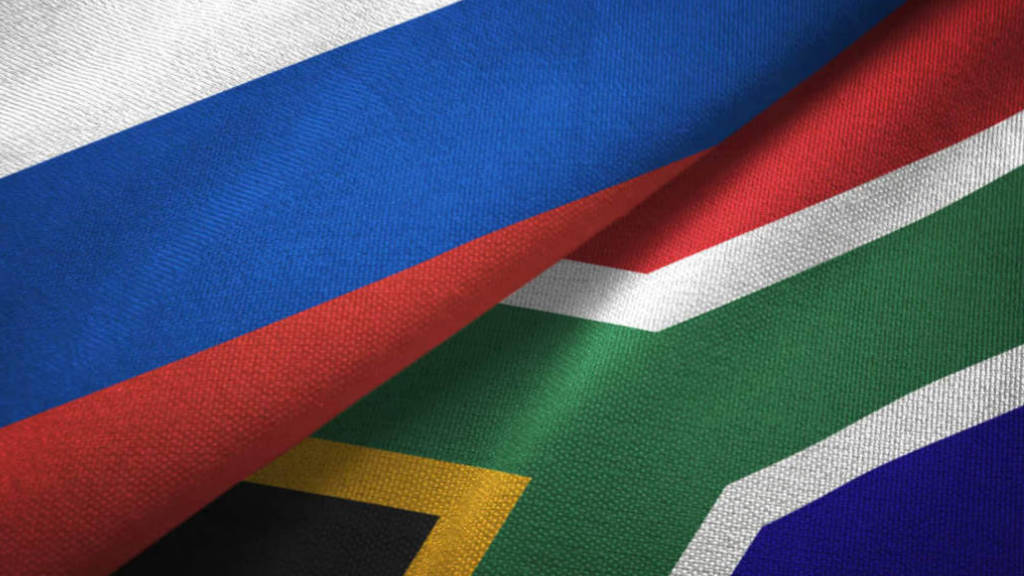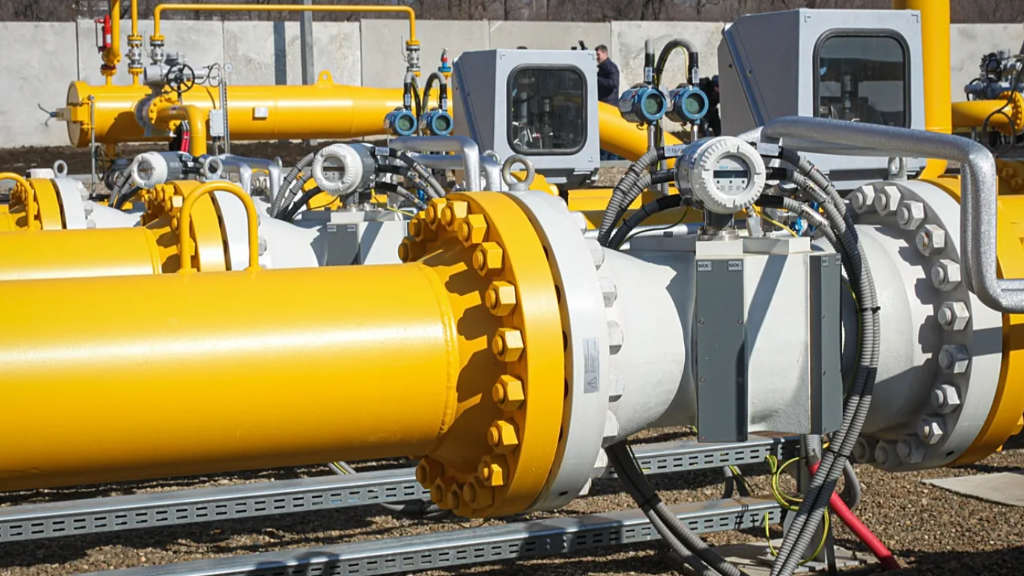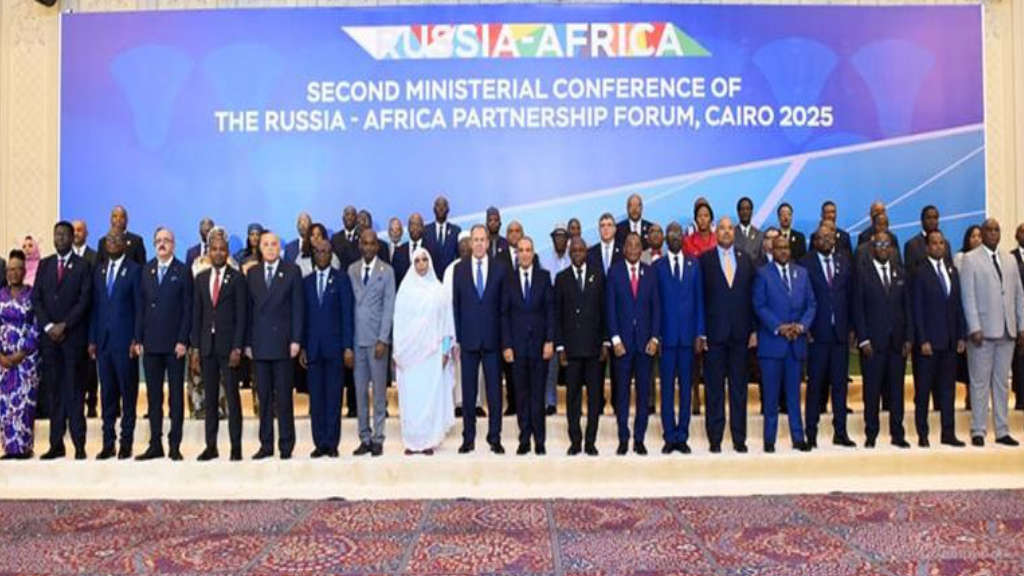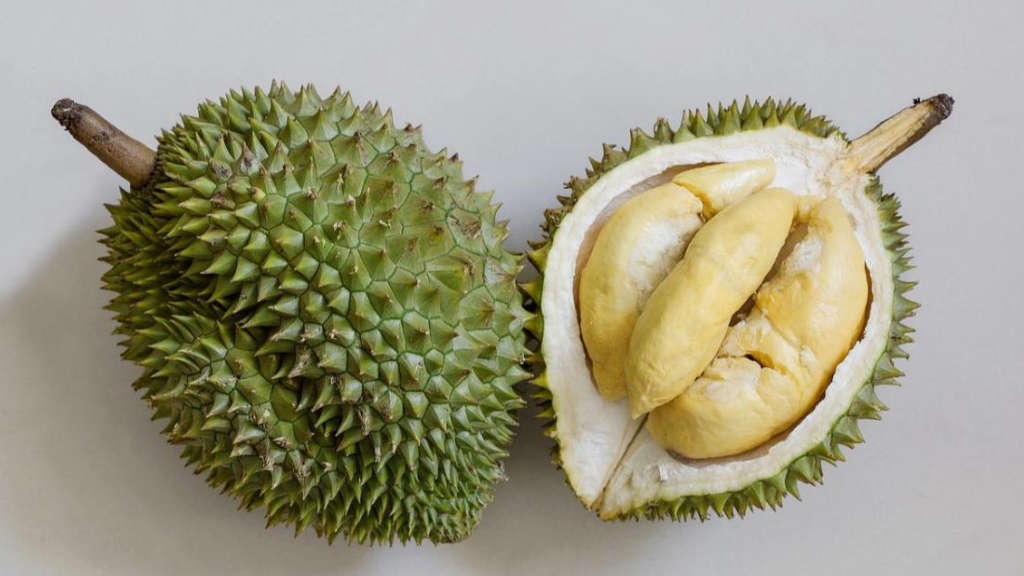The Russian Prime Minister Mikhail Mishustin met with South African Vice President Paul Mashatile in Moscow on Wednesday (June 18) with a push to double trade turnover between the two BRICS nations. The two officials discussed deepening bilateral cooperation across a range of sectors, including energy and agriculture.
Mashatile said, “Our markets are open to Russian enterprises and companies. They can come to our country and do business in South Africa. We believe that our country is the gateway to the continent of Africa. And once you come to our country, you have markets of a billion people, if we are talking about the entire continent.”
Mashatile expressed concern over the decline in trade between South Africa and Russia in recent years, adding that Pretoria is eager to deepen economic ties with Moscow and reverse the trend, saying that “We want trade between Russia and South Africa to double.”
He also expressed interest in increasing Russian investment into South Africa, particularly in solar and wind energy, as well as in the gas sector, saying “We want nuclear energy to be part of our energy balance, so that it becomes part of our country’s energy balance, so that we can discuss these issues of our cooperation.” He added that South Africa is also interested in improving logistics in ports and upgrading its railway network, saying “We also want to improve logistics in our ports, including our railway network, which carries both freight and passengers.”
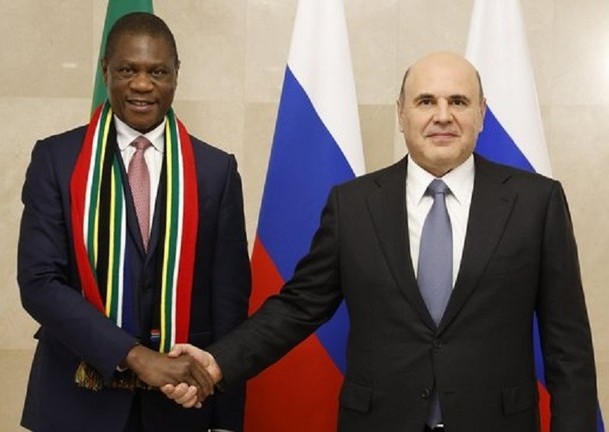
Mishustin stated that Moscow attaches great importance to strengthening cooperation with South Africa, guided by the principles of strategic partnership, mutual respect, and common interests. He said that “In addition to Moscow, I know that you plan to visit St. Petersburg and participate in the St. Petersburg International Economic Forum. It is very important that the forum will feature a special session on the development of business and investment cooperation between Russia and South Africa. I am confident that this will contribute to the restoration of business contacts and the emergence of new ideas and initiatives that will strengthen our cooperation.”
During discussions in April, Russian President Vladimir Putin and South African President Cyril Ramaphosa had reaffirmed their commitment to strengthening bilateral cooperation.
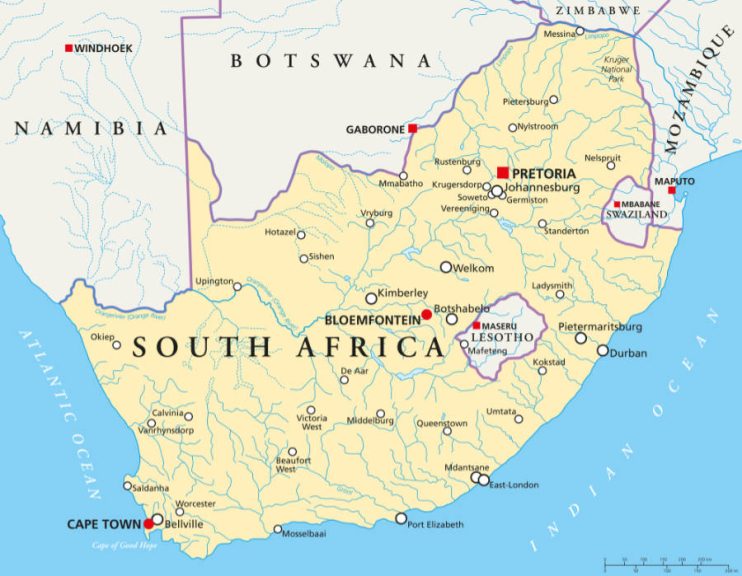
South Africa is a founding member of BRICS and serves as an important Russian diplomatic and trade link between Russia and the African continent.
Manufacturing, retail, financial services, and other industries are important contributors to South Africa’s GDP growth and the overall economy. Food processing and the manufacturing of textiles, metals, and chemicals are the main industrial industries. Although land and water resources are often scarce, agriculture and fisheries account for a sizable amount of exports and make a substantial contribution to the local economy.
Numerous minerals are also found in abundance in South Africa, with deposits of gold, diamonds, platinum, manganese, chromium, copper, uranium, silver, beryllium, titanium, and iron ore. Mining continues to be the backbone of the South African economy, despite the fact that manufacturing has historically created more jobs and contributed a larger share of GDP than mining. This is because mining-centered holding firms continue to invest in other sectors of the economy.
There have been recent economic problems in South Africa, mainly related to political and ethnic divisions, some of which are affecting its relationships with the United States. For this reason, recent GDP growth has been relatively low, and the country needs an economic reset to get back on track.
South Africa is a member of the Southern African Customs Union (SACU) as well as the Southern African Development Community (SADC) and the African Continental Free Trade Agreement (AfCFTA). 2016 saw the implementation of a preferential trade agreement (PTA) with MERCOSUR, which is made up of Brazil, Argentina, Paraguay, and Uruguay. Although the PTA’s market scope is more constrained, the PTA provides more chances to boost South Africa’s export development in the upcoming years as well as a legal and institutional framework for managing the country’s trade relations with these significant South American nations. These developments mean that South Africa has very much aligned itself as a developing member of the Global South.
South Africa’s population is about 63 million, with a GDP (PPP) of US$993 billion, the highest in Africa. GDP per capita (PPP) stands at US$15,720. GDP growth for 2025 is estimated at 1.8%.
Bilateral trade between South Africa and Russia has been complicated by distance and logistical bottlenecks that hindered expanding cooperation, however in 2024 this reached US$1.5 billion, partly thanks to the resumption of direct sea routes for the first time in more than 30 years.
Russian tourism to South Africa is also growing. Russian investors are looking into opportunities as diverse as gas refining, nuclear waste management, electrical equipment manufacturing, and viniculture, among others. Russia exports mostly wheat and fertilizers to South Africa, while in return South Africa exports mostly agricultural products such as meat and various fruits. South African wines are replacing European wines in Russian supermarkets, while South Africa’s diplomatic role via BRICS has been of great assistance to opening up Africa to Russian trade and investment.
Further Reading

